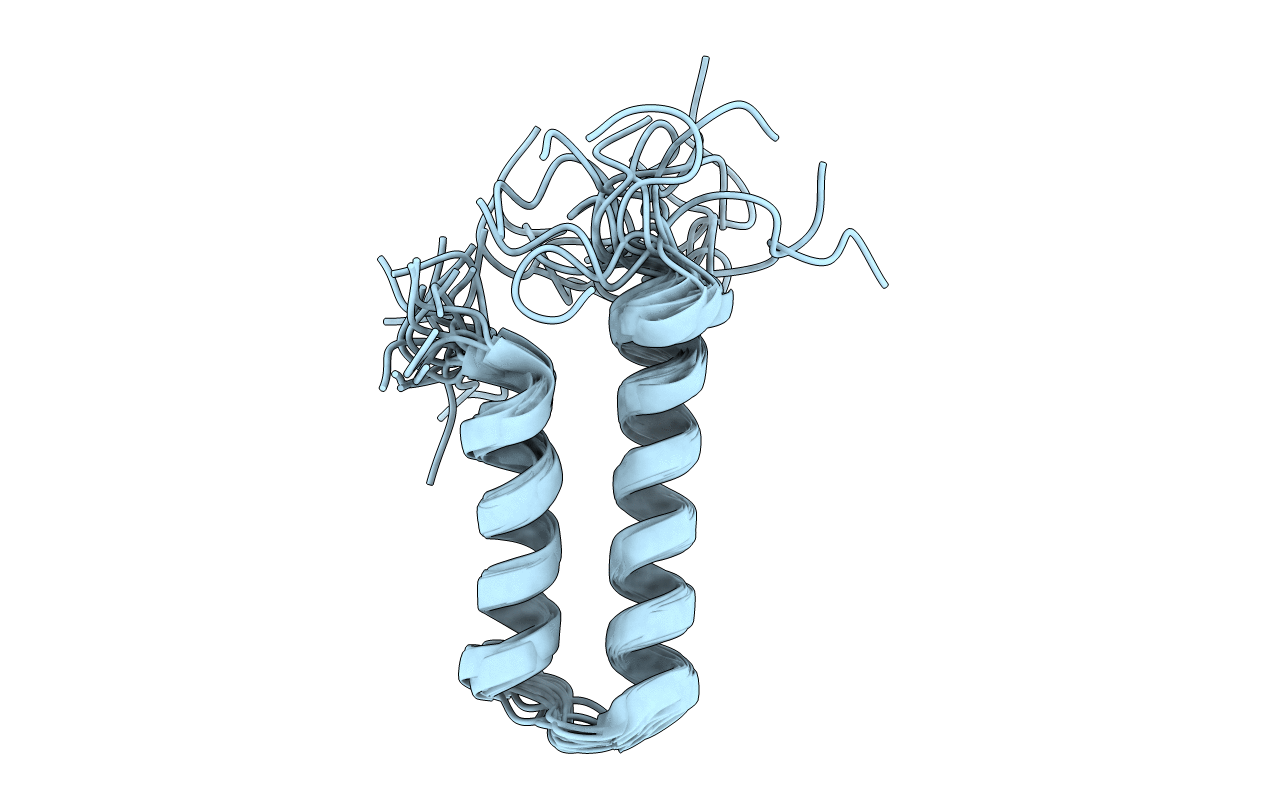
Deposition Date
2020-04-29
Release Date
2020-10-21
Last Version Date
2024-11-20
Entry Detail
PDB ID:
6WQL
Keywords:
Title:
Solution structure of the seed peptide C2 (VBP-1) from pumpkin
Biological Source:
Source Organism:
Cucurbita maxima (Taxon ID: 3661)
Method Details:
Experimental Method:
Conformers Calculated:
50
Conformers Submitted:
20
Selection Criteria:
structures with the lowest energy


